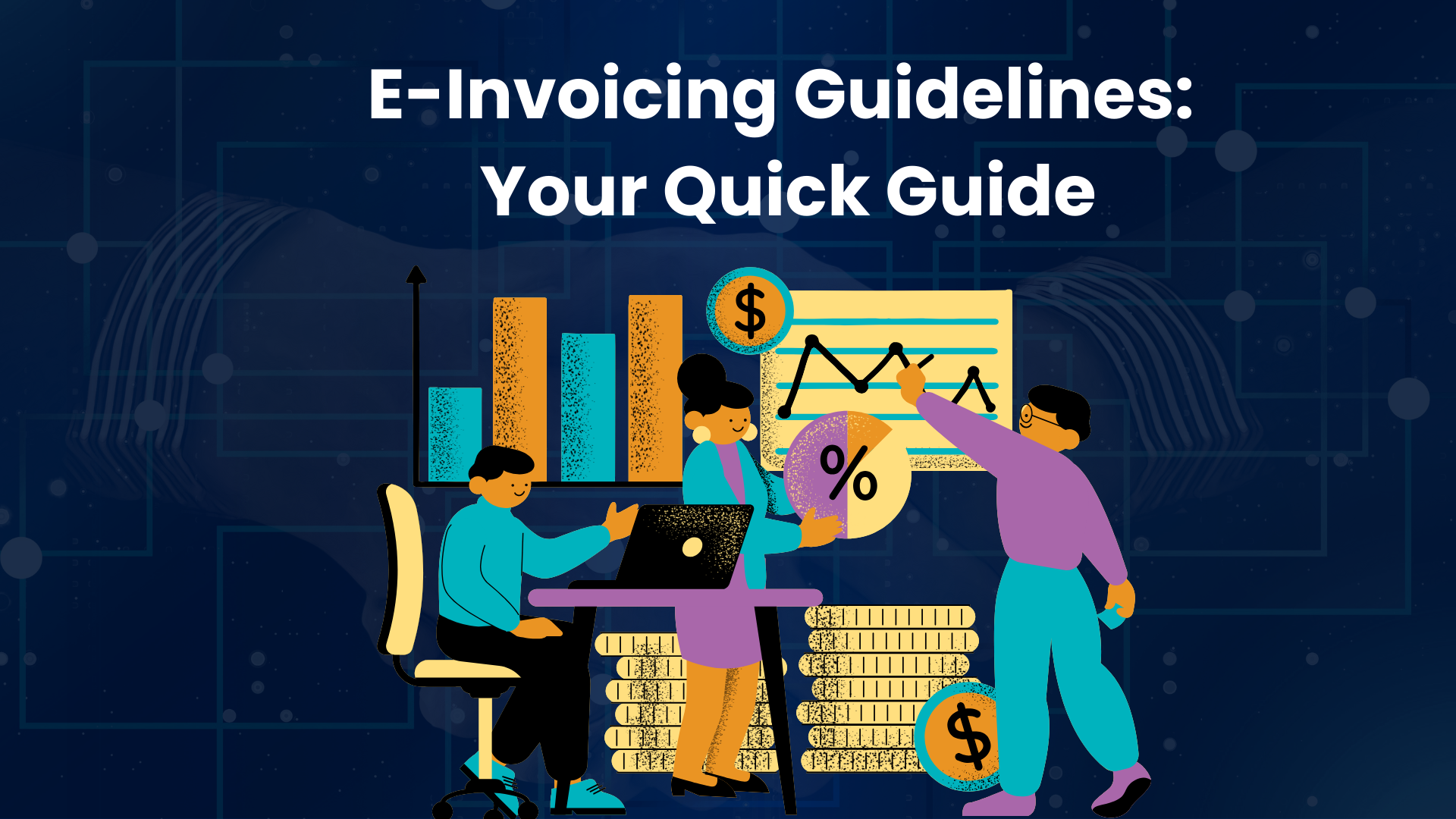-
Sep, Wed, 2024
Welcome to Our E-Invoicing Guidelines Series!
E-invoicing is an essential component of modern business operations, offering efficiency and compliance in financial transactions. As more businesses adopt electronic invoicing, understanding the guidelines becomes crucial. In this series, we will explore various aspects of e-invoicing to help you navigate the requirements effectively.
What We’ll Cover:
1. Transactions with Buyers
Learn how to handle e-invoicing when dealing with buyers. We’ll cover different scenarios, including the necessary steps and requirements for issuing e-invoices.
2. Disbursement and Reimbursement
Understand the procedures for e-invoicing related to disbursements and reimbursements. We’ll provide insights into ensuring compliance and streamlining these financial processes.
3. Self-Billed E-Invoice
Discover when and how to use self-billed e-invoices. This post will guide you through the conditions and steps involved in creating self-billed invoices.
4. Cross-Border Transactions
Explore the complexities of e-invoicing for international transactions. We’ll discuss how to manage cross-border invoicing, including handling currency differences and regulatory compliance.
5. E-Commerce Transactions
Get practical tips for managing e-invoicing in the context of e-commerce. Learn how to integrate e-invoicing into your online sales processes effectively.
Stay Tuned!
Our first detailed post will focus on “Transactions with Buyers”. In this post, we’ll dive into the specifics of issuing e-invoices when a buyer requires them. Read the full post here.
Follow Our Blog
Stay updated with the latest posts in this series by subscribing to our blog. Don’t miss out on any of our comprehensive e-invoicing guidelines!


